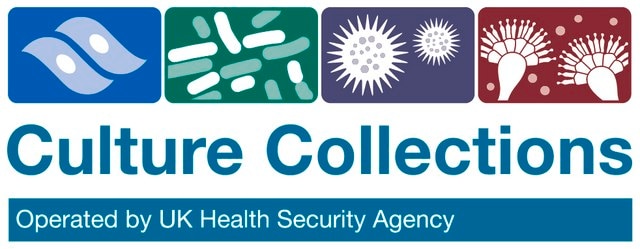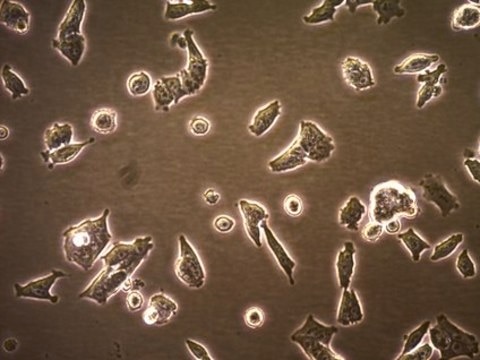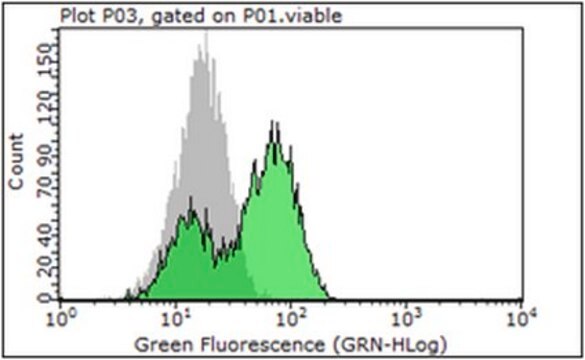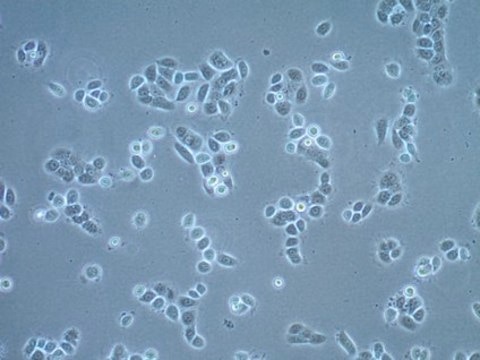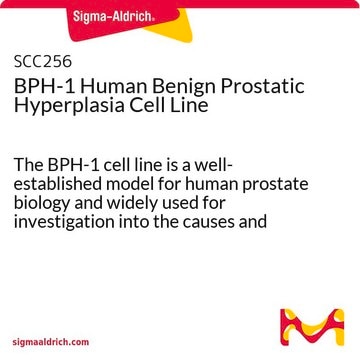Recommended Products
product name
P4E6 cell line,
biological source
human prostate
Quality Level
growth mode
Not specified
karyotype
Not specified
morphology
Epithelial
products
Stains positive for pancytokeratin, cytokeratin 8, vimentin (weak) and chromogranin A. Prostate markers expressed include prostate specific antigen (PSA) prostate specific membrane antigen (PSMA), negative for expression of androgen receptor (AR).
receptors
Not specified
technique(s)
cell culture | mammalian: suitable
relevant disease(s)
cancer
shipped in
dry ice
storage temp.
−196°C
Related Categories
Cell Line Origin
DNA Profile
Amelogenin: X
CSF1PO: 12
D13S317: 11
D16S539: 11
D5S818: 12
D7S820: 7,8
THO1: 7,9.3
TPOX: 8
vWA: 17,19
Culture Medium
Subculture Routine
Other Notes
Disclaimer
wgk_germany
WGK 3
flash_point_f
Not applicable
flash_point_c
Not applicable
Certificates of Analysis (COA)
Search for Certificates of Analysis (COA) by entering the products Lot/Batch Number. Lot and Batch Numbers can be found on a product’s label following the words ‘Lot’ or ‘Batch’.
Already Own This Product?
Find documentation for the products that you have recently purchased in the Document Library.
Our team of scientists has experience in all areas of research including Life Science, Material Science, Chemical Synthesis, Chromatography, Analytical and many others.
Contact Technical Service